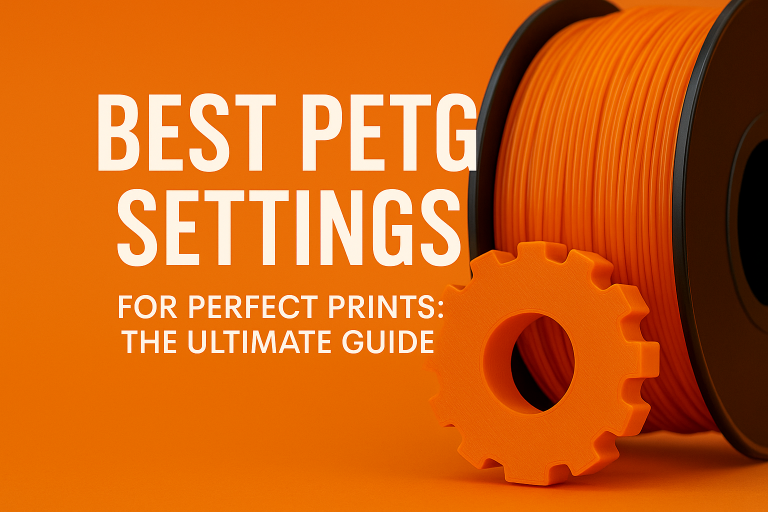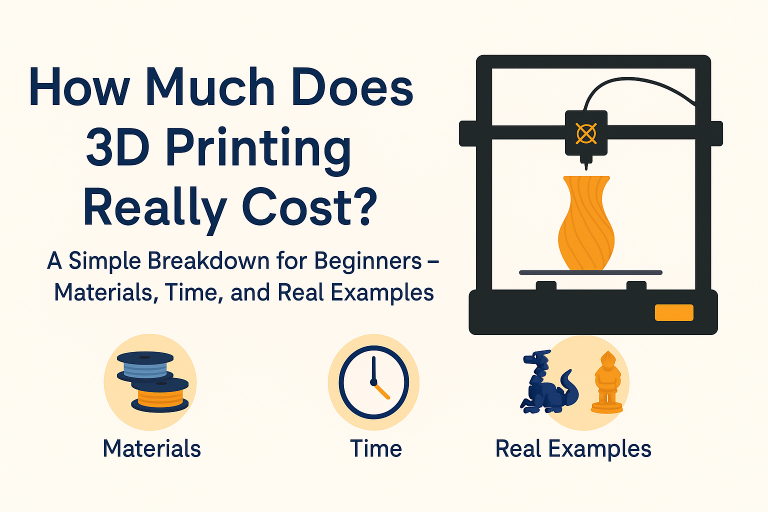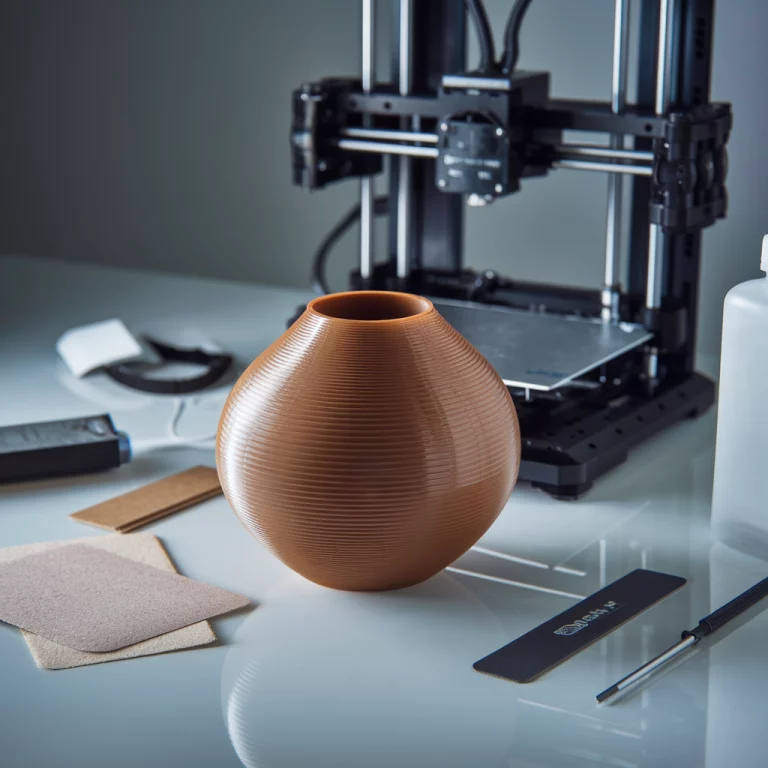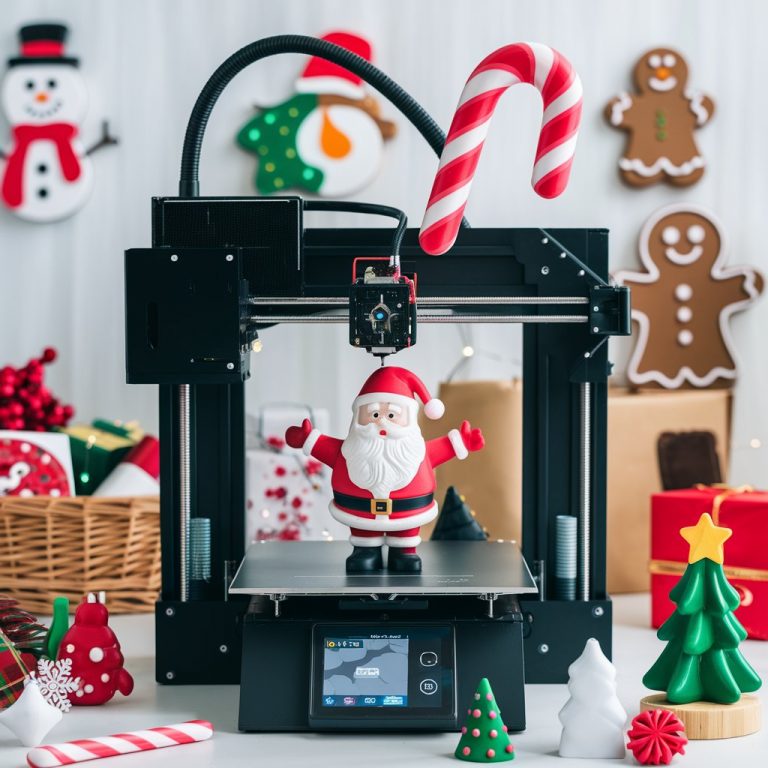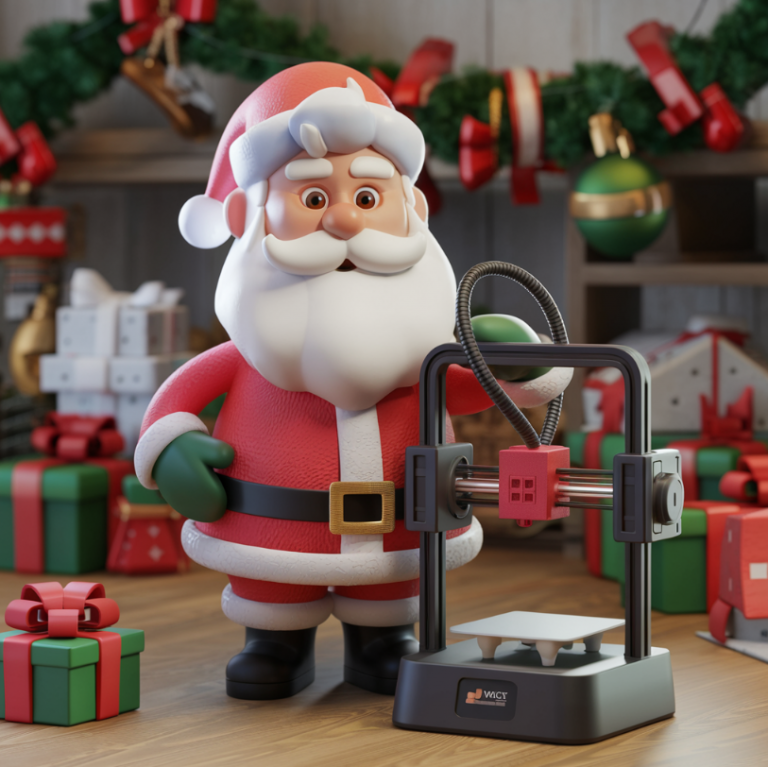Common issues with STL files and how to fix them
3D printing is an amazing technology, but it comes with its own set of challenges, having problems with your STL files is one of them.
Let’s have a look at some of the most common issues with STL files and how to fix them.
1. Non-manifold Edges
What Are Non-manifold Edges?
Non-manifold edges occur when an edge in an STL file is shared by more than two faces. This is problematic because 3D printers can’t interpret these edges properly, resulting in print errors.
How to Fix Non-manifold Edges
You can use software like Meshmixer or Netfabb to identify and fix non-manifold edges. These programs have automated repair functions that make the process straightforward.
2. Holes in the Mesh
What Causes Holes in the Mesh?
Holes in the mesh can appear when your STL file is incomplete, leaving gaps in the surface. This can happen due to errors during the modeling process or when converting a model to STL format.
How to Repair Holes
Software like Blender or MeshLab can be used to manually patch these holes. Look for tools labeled “Fill Holes” or “Close Mesh” to automatically seal gaps in your model.
3. Inverted Normals
Understanding Inverted Normals
Normals are vectors perpendicular to the surface of your model, indicating which side is the exterior. Inverted normals mean the normals are pointing in the wrong direction, confusing the 3D printer.
Correcting Inverted Normals
Most 3D modeling software, including Blender and SketchUp, offer tools to recalculate normals. Simply select the entire model and use the “Recalculate Normals” function.
4. Intersecting Faces
The Problem with Intersecting Faces
Intersecting faces occur when two surfaces overlap incorrectly within the same mesh. This can cause slicing software to misinterpret the model, leading to printing errors.
Fixing Intersecting Faces
Using Netfabb or Autodesk Meshmixer, you can perform a mesh analysis to detect and correct intersecting faces. These tools can automatically fix many issues or guide you through manual repairs.
5. Thin Walls
Issues with Thin Walls
Walls that are too thin can cause structural weaknesses in your 3D print, resulting in breakage or incomplete prints. It’s essential to maintain a minimum wall thickness suitable for your printer.
Adjusting Wall Thickness
Check your 3D printer’s specifications for the minimum wall thickness and adjust your model accordingly using software like Tinkercad or Fusion 360. These programs have tools to easily thicken walls.
6. Overlapping Vertices
Why Overlapping Vertices Are a Problem
Overlapping vertices occur when two or more vertices occupy the same space in a model. This can confuse slicing software, leading to printing errors or defects.
Resolving Overlapping Vertices
In Blender, you can use the “Remove Doubles” function to merge overlapping vertices. Other software like Meshmixer also offers similar tools for cleaning up your mesh.
7. Large File Sizes
The Drawbacks of Large File Sizes
STL files with large sizes can be cumbersome to handle, slow to upload, and may cause performance issues with slicing software.
Reducing File Size
Simplify3D and MeshLab offer decimation tools to reduce the number of polygons in your model without significantly compromising detail. This can make your files more manageable.
8. Unsupported Overhangs
What Are Unsupported Overhangs?
Overhangs are parts of your model that extend outward without any support beneath them. Unsupported overhangs can lead to poor print quality or failures.
Adding Supports
Most slicing software, such as Cura and PrusaSlicer, can automatically generate supports for overhangs. Make sure to enable this feature before starting your print.
9. Floating Geometry
Understanding Floating Geometry
Floating geometry refers to parts of a model that are not connected to the main body. This can cause parts of the print to fail or print in the wrong location.
Fixing Floating Geometry
Use tools in Meshmixer or Netfabb to inspect your model for floating geometry and ensure all parts are properly connected. These tools can help you merge or remove floating elements.
10. Incorrect Scale
Problems with Incorrect Scale
Sometimes, STL files may be exported at the wrong scale, resulting in a model that is too large or too small for your intended print.
Rescaling Your Model
Most slicing software, like Cura or Simplify3D, allows you to rescale your model before printing. You can also use modeling software like Blender to adjust the scale directly within the file.
11. Duplicate Faces
Why Duplicate Faces Are an Issue
Duplicate faces occur when two identical faces occupy the same space in a model. This can confuse slicing software and lead to printing errors.
Removing Duplicate Faces
In Blender, use the “Remove Doubles” function to merge duplicate faces. Meshmixer also provides tools for detecting and removing duplicate elements.
12. Non-Uniform Scaling
The Challenge of Non-Uniform Scaling
Non-uniform
scaling can distort your model, making it look incorrect and potentially causing printing issues.
Fixing Non-Uniform Scaling
Most 3D modeling software offers uniform scaling options. Ensure that you scale your model uniformly to maintain its proportions correctly.
13. Incomplete Shells
What Are Incomplete Shells?
Incomplete shells occur when parts of your model are missing, often due to errors in the modeling process or file conversion.
Repairing Incomplete Shells
Use tools like MeshLab‘s “Close Holes” feature or Netfabb‘s repair functions to detect and fix incomplete shells, ensuring your model is fully enclosed.
14. Misaligned Meshes
Problems with Misaligned Meshes
Misaligned meshes can result in parts of your model not fitting together properly, leading to print failures.
Aligning Meshes
Software like Tinkercad and Fusion 360 provides alignment tools to help you correctly position all parts of your model. This ensures that all components fit together as intended.
15. Poor Mesh Resolution
Understanding Mesh Resolution
Mesh resolution refers to the density of polygons in your model. A low-resolution mesh can appear blocky and lack detail, while a high-resolution mesh can increase file size unnecessarily.
Optimizing Mesh Resolution
Use decimation tools in software like MeshLab to reduce the number of polygons without compromising too much detail. This can help strike a balance between file size and model quality.
16. Unsupported Thin Features
Issues with Thin Features
Thin features that are unsupported can break easily during printing or post-processing.
Adding Support to Thin Features
Most slicing software, such as Cura or PrusaSlicer, can generate supports for thin features automatically. Ensure this setting is enabled before printing.
17. Non-Watertight Models
Why Watertight Models Matter
A non-watertight model has holes or gaps that can cause issues during slicing and printing. Watertight models are fully enclosed without any gaps.
Making Models Watertight
Use Meshmixer or Netfabb to identify and fix gaps, ensuring your model is watertight. Look for features like “Make Solid” or “Close Holes” in these tools.
18. Excessive Detail
Problems with Excessive Detail
While detail is good, too much detail can increase file size and processing time unnecessarily, leading to potential printing issues.
Simplifying Your Model
Software like Blender and MeshLab offers decimation tools to reduce the level of detail in your model, making it easier to print without losing essential features.
19. Overlapping Models
Why Overlapping Models Are Problematic
Overlapping models occur when multiple objects occupy the same space within your STL file, causing slicing issues and potential print failures.
Separating Overlapping Models
In software like Meshmixer, you can separate overlapping models and ensure each object is correctly positioned. This prevents slicing errors and ensures a successful print.
20. Incorrect File Format
Issues with File Formats
Sometimes, STL files may be saved in a format that is not compatible with your slicing software or 3D printer, causing errors during processing.
Converting File Formats
Use software like MeshLab or Blender to convert your STL files into the correct format. Ensure you are using a format compatible with your specific printer and software requirements.
By addressing these common issues with STL files, you can significantly improve the quality and success rate of your 3D prints. Whether you’re using free tools like Blender and MeshLab or professional software like Netfabb and Simplify3D, there are solutions available to help you create flawless models ready for printing.
Further Reading:
| Issue | Software Tools to Fix It | Key Features |
|---|---|---|
| Non-manifold Edges | Meshmixer, Netfabb | Automated repair functions |
| Holes in the Mesh | Blender, MeshLab | Fill Holes, Close Mesh |
| Inverted Normals | Blender, SketchUp | Recalculate Normals |
| Intersecting Faces | Netfabb, Meshmixer | Mesh analysis, automatic fixing |
| Thin Walls | Tinkercad, Fusion 360 | Adjust wall thickness |
| Overlapping Vertices | Blender, Meshmixer | Remove Doubles |
| Large File Sizes | Simplify3D, MeshLab | Decimation tools |
| Unsupported Overhangs | Cura, PrusaSlicer | Automatic support generation |
| Floating Geometry | Meshmixer, Netfabb | Inspect and merge elements |
| Incorrect Scale | Cura, Simplify3D | Rescale models |
| Duplicate Faces | Blender, Meshmixer | Remove Doubles |
| Non-Uniform Scaling | Blender, MeshLab | Uniform scaling options |
| Incomplete Shells | MeshLab, Netfabb | Close Holes, Make Solid |
| Misaligned Meshes | Tinkercad, Fusion 360 | Alignment tools |
| Poor Mesh Resolution | MeshLab, Blender | Decimation tools |
| Unsupported Thin Features | Cura, PrusaSlicer | Automatic support generation |
| Non-Watertight Models | Meshmixer, Netfabb | Close Holes, Make Solid |
| Excessive Detail | Blender, MeshLab | Decimation tools |
| Overlapping Models | Meshmixer, Netfabb | Separate overlapping elements |
| Incorrect File Format | MeshLab, Blender | Convert file formats |
This page contains affiliate links and I earn a commission if you make a purchase through one of the links, at no cost to you. As an Amazon Associate I earn from qualifying purchases.



